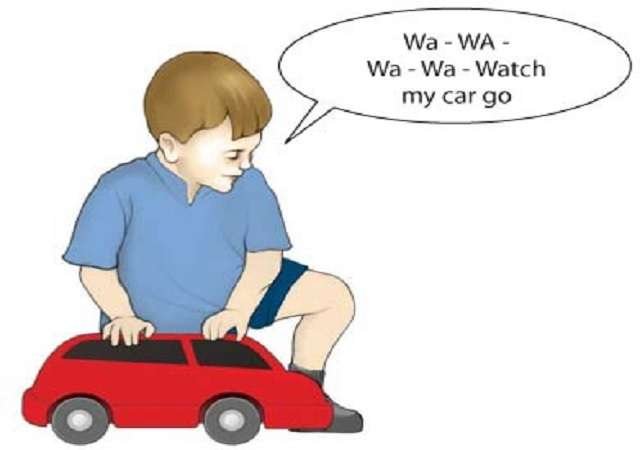
by BASLPCOURSE.COM
Management of Cluttering: Rational Techniques and Strategies: Management of Cluttering consists Identification, Monitoring and Self Awareness, Modification, Cluttering with Stuttering and Maintenance of Fluency. Identification of Cluttering Monitoring and Self...

by BASLPCOURSE.COM
Management of Neurogenic Stuttering: Rational, Techniques and Strategies: Many conditions can cause SAAND (Stuttering Associated with Acquired Neurogenic Disorder) and affect the frequency with which it coexists with other communication impairments, there is no single...

by BASLPCOURSE.COM
Management of Normal Non-Fluency: Rational, Techniques and Strategies: The repeating, pauses, backing up, holding on to sounds and general confusion of “thinking and talking” are very normal. Children between three and four years of age have new experiences they want...

by BASLPCOURSE.COM
Issues of Speech Naturalness in Stuttering: In recent years, clinical scientists have been concerned that treatments that produce fluency may not always result in natural-sounding speech. As Schiavetti and Metz (1997) warned, “Some stutterers may reduce their number...

by BASLPCOURSE.COM
Changing Scenario in Management of Stuttering: Procedures to Create an Environment that Facilitates Fluency Preschool-age children, especially those on the borderline between normal disfluency and stuttering, may need only a little change in their environments for...

by BASLPCOURSE.COM
Prevention and Early Identification of Fluency Disorder: Stuttering is a disorder of childhood, onset of which in more than 90% of the individuals is before the age of 6 years. Clinicians are often apprehensive in counseling the parents regarding the need for... 






